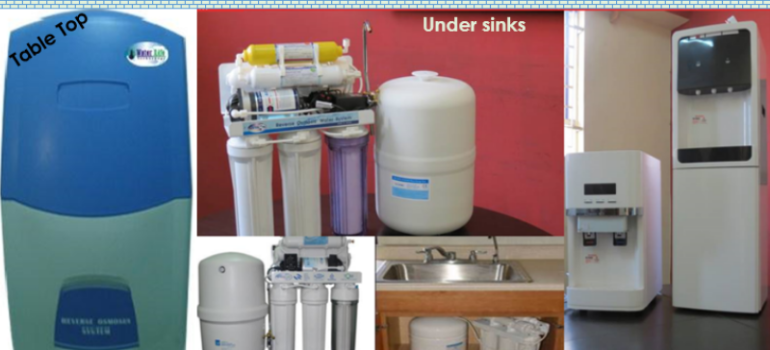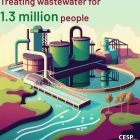The water dispenser to get reverse osmosis in your household.
If you’ve ever had bottled water and read the label, you’re sure to have come across the phrase reverse osmosis. Many of us only know that it means the water is clean. What we want to know is. What is reverse osmosis? How does it ensure our water is fit to drink? How our water dispenser can easily get purified water in our homes?
Good old osmosis
To better understand reverse osmosis let’s begin with regular osmosis. Osmosis refers to the movement of solutes, in our case water, across a membrane in response to a difference in concentration across the two sides of the membranes. In the past fruit and meat were preserved thanks to osmosis. Fruit preservation uses osmosis to draw out water to dehydrate it. Meat, on the other hand, draws salt in. As a result, it stops any bacterial growth hence preserving the meat from going bad.
Reverse osmosis
Reverse osmosis still makes use of the membrane but unlike regular osmosis ,the solvent moves from high solute concentration to a low solute concentration. A pressure applied on the side of the membrane with a higher solute (unpurified water) concentration forces the solvent to move through the membrane to where it is less concentrated (purified water). The solvent being water and the solutes dissolved minerals, pathogens, suspended material etc.
By that definition you can see how reverse osmosis can be a great tool to get clean drinkable water. Most interaction with water purified to this standard is mostly with bottled water. That doesn’t have to be the case.
The water dispenser to get you clean drinking water.
Top mounted water dispensers are the most common. The ones with a huge bottle of water on top that you have to get refilled at a shop. The CESP Africa bottle less water dispenser brings the same standard of clean water to the home.
CESP Africa offers home and office-based solutions with integrated reverse osmosis solutions that connects to your existing water system and filters your tap water to give you clean drinkable water. These home and office solutions are;
- A standalone water dispenser system.
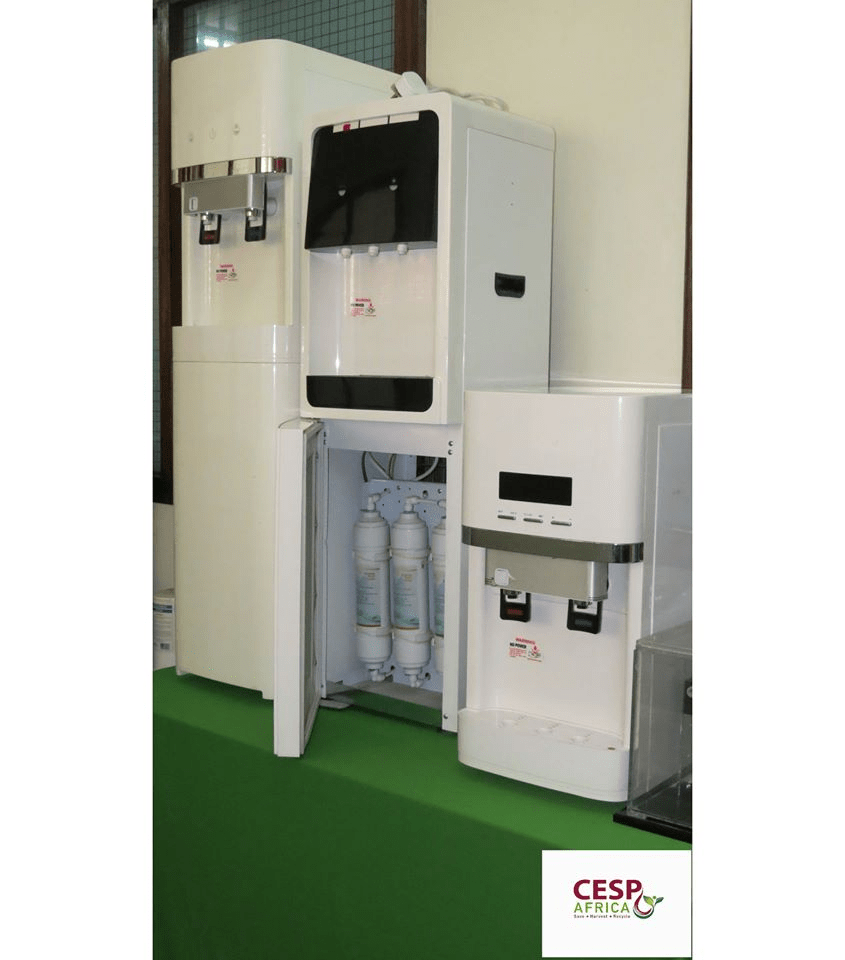
A familiar form factor, similar to a regular dispenser without the large bottle of water on top. The dispenser has a couple of features; Firstly, a LED display denoting the temperature of the hot and cold water for you to get the exact temperature of water you want. Secondly, to protect any children, the dispenser has a safety knob on the hot water tap. Thirdly an energy saving settings to help conserve energy and save on your power bill when not in use.
- A table top filtration and water dispenser system.
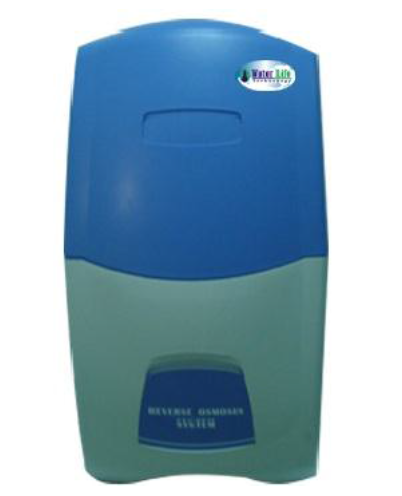
A compact and portable filtration system to get you clean drinking water.
- An under-sink water purifier system.
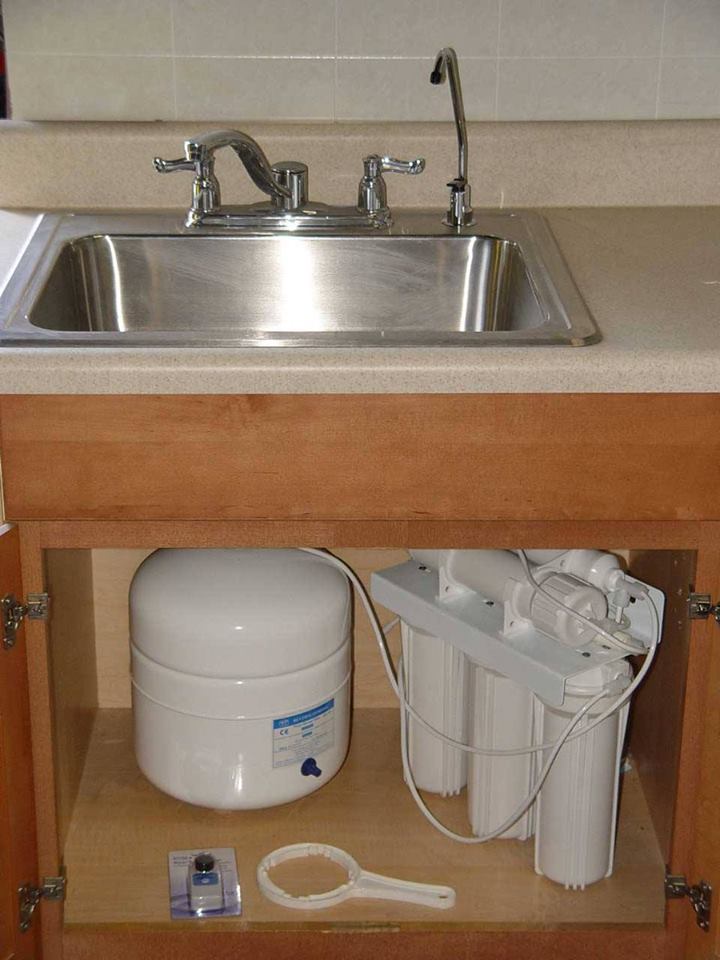
A more discrete solution. The under-sink system attaches easily below your sink to give a dedicated faucet for purified drinking water.
To sum it all up
All three filtration systems use reverse osmosis to purify the water. Water is passes through a 0.0001 micron membrane. All of this to completely remove water contaminants such as heavy metals, excess salt, bacteria and viruses.
Other filtration systems commonly used are nanofiltration, ultrafiltration and microfiltration. As well as reverse osmosis these other filtration methods can be used to provide the purest drinking water . These dispensers ensure water safety in your home or office without the hustle of replacing large cumbersome water bottles.

